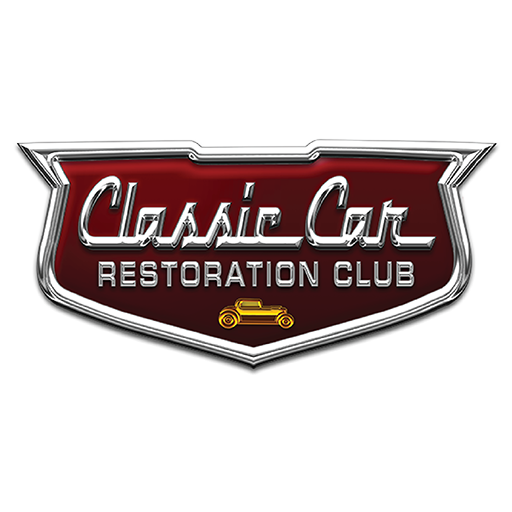
How to Rebuild Hood Hinges
Classic Car Restoration Club EditorsOften overlooked during many restorations, the process to rebuild and recoat hood hinges is fairly straightforward. Mark Simpson demonstrates how to safely remove hood hinge springs, tighten worn hinges, and phosphate-coat them in the same manner as the factory.
Share tips, start a discussion or ask one of our experts or other students a question.
Make a comment:
Already a member? Sign in
6 Responses to “How to Rebuild Hood Hinges”
Explore videos by Classic Car Restoration Club Editors
You may be interested in
Premium Membership
Unlock exclusive member content from our industry experts.
- 24/7 Access to Premium Videos, Tips, and Techniques
- Step-by-Step Instructional Demos, Guides, and Tutorials
- 50% Off Video Downloads Purchased in the Classic Car Restoration Shop
- Access to Ask the Expert Program
Unlock exclusive member content from our industry experts.
- 24/7 Access to Premium Videos, Tips, and Techniques
- Step-by-Step Instructional Demos, Guides, and Tutorials
- 2 Full-Length Video Downloads to Watch Offline
- 50% Off Video Downloads Purchased in the Classic Car Restoration Shop
- Access to Ask the Expert Program
Gold Membership
$304 Value
Get everything included in Premium plus exclusive Gold Membership benefits.
- 24/7 Access to Premium Videos, Tips, and Techniques
- Step-by-Step Instructional Demos, Guides, and Tutorials
- 10 Full-Length Video Downloads, added to your account, to Watch Offline
- ‘Wheel Bolt Circle’ Downloadable Guide, added to your account
- Discounts on Purchase-to-Own Content in the Classic Car Restoration Club Shop
- Access to Ask the Expert Program
Get exclusive premium content! Sign up for a membership now!
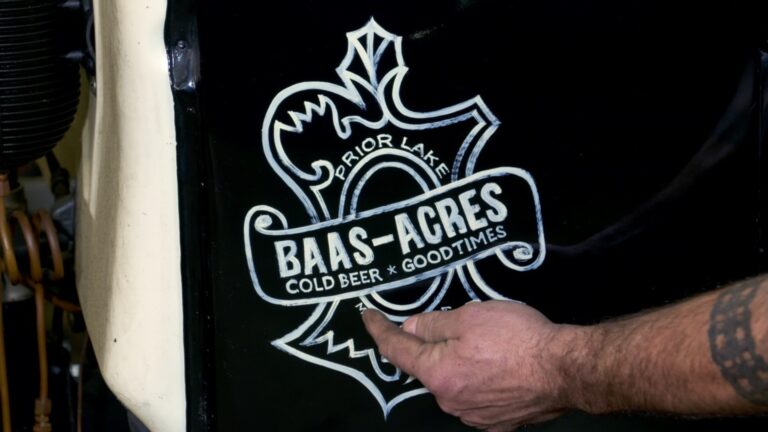
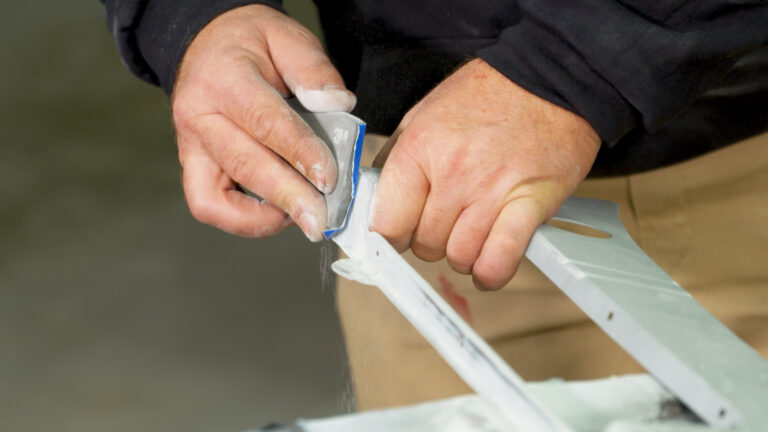

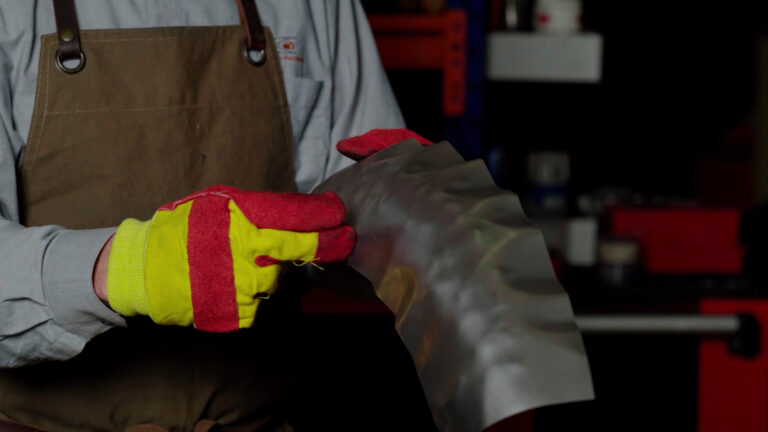
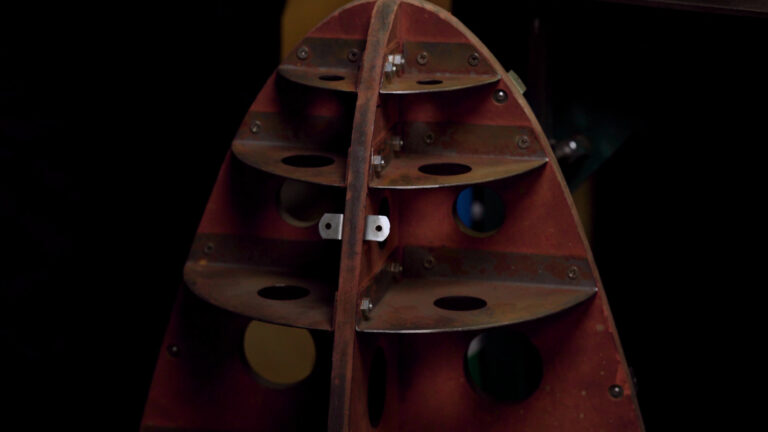
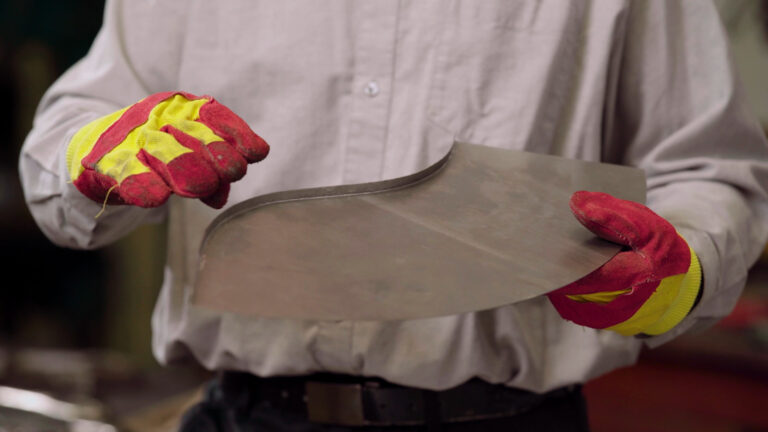

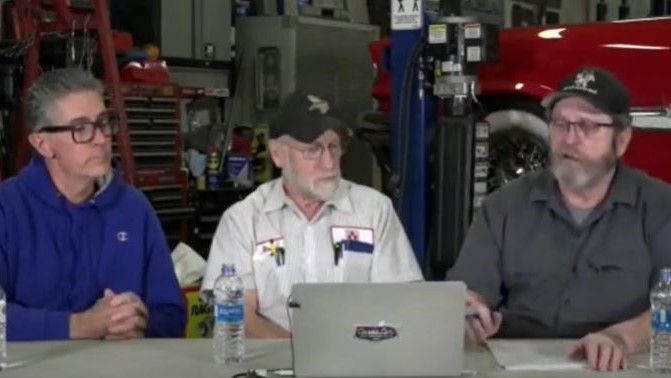
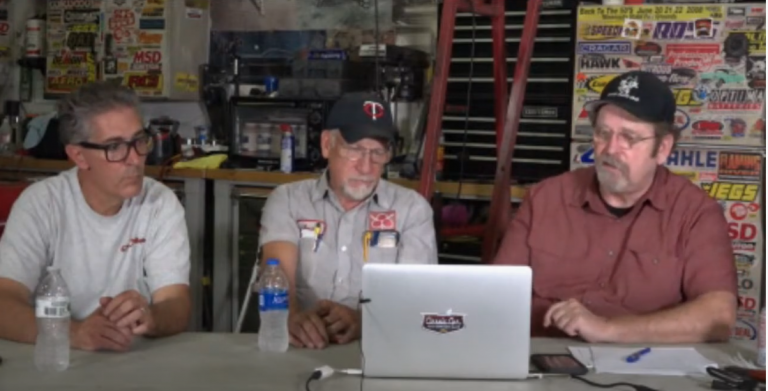
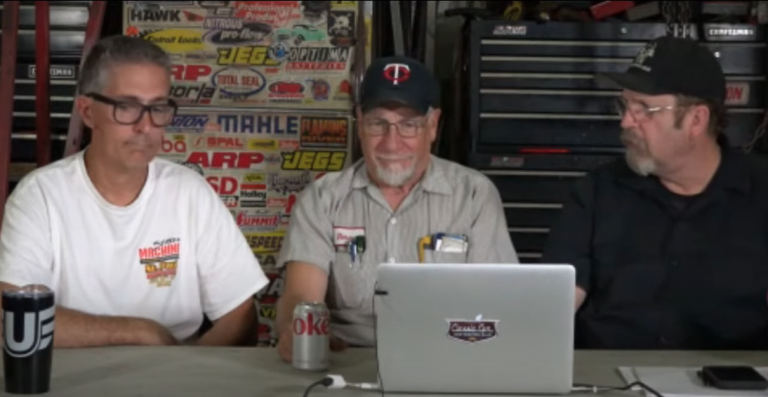
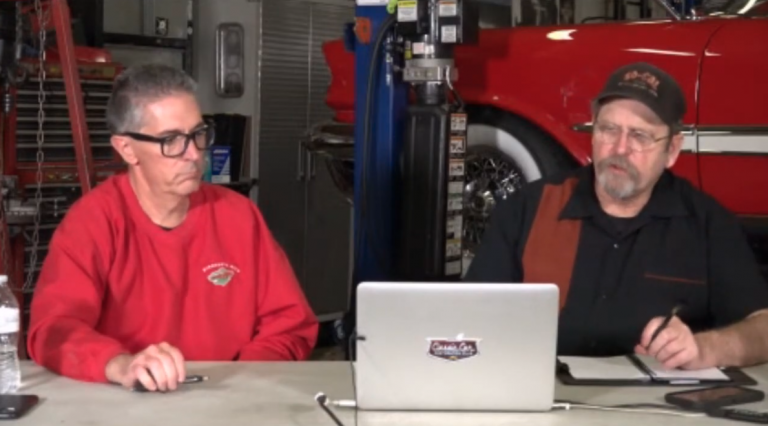
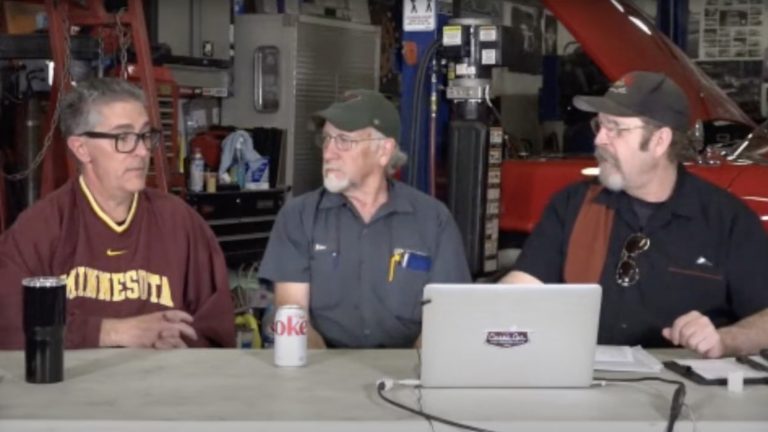
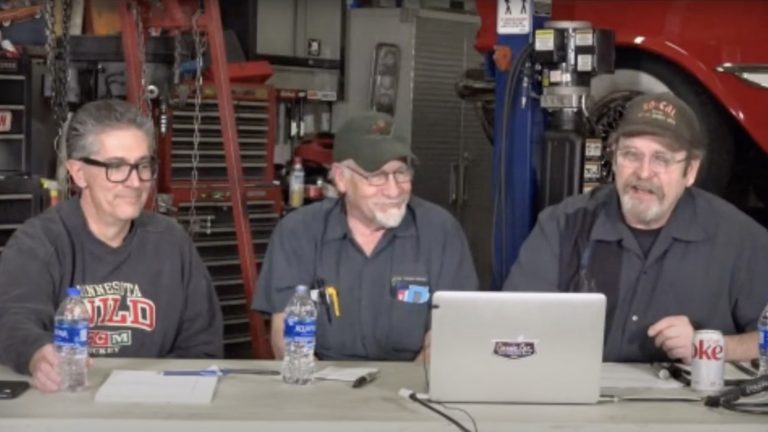
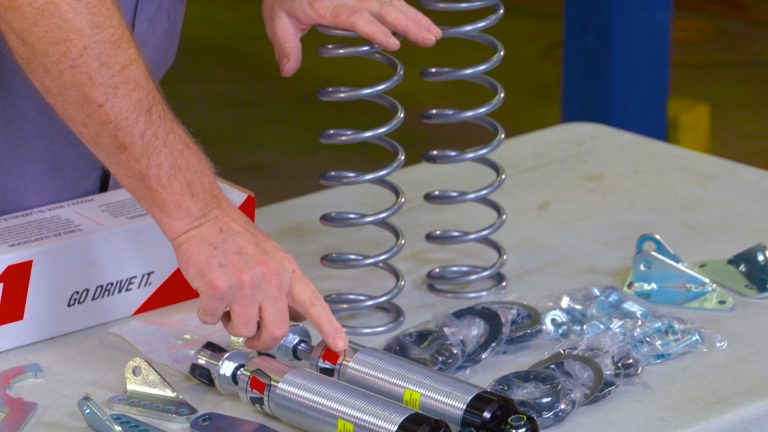
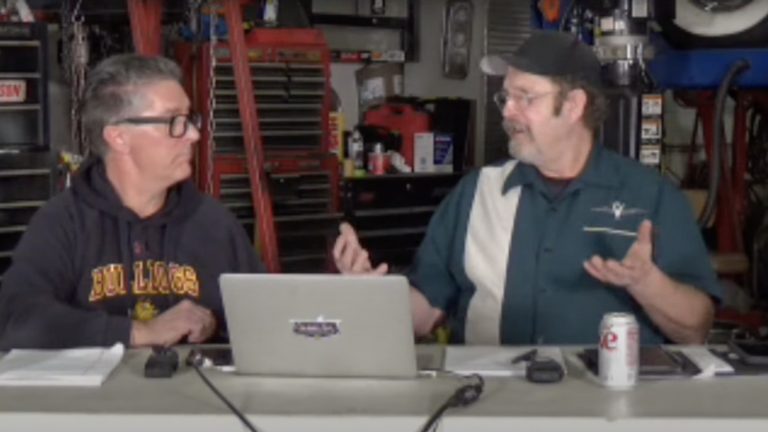
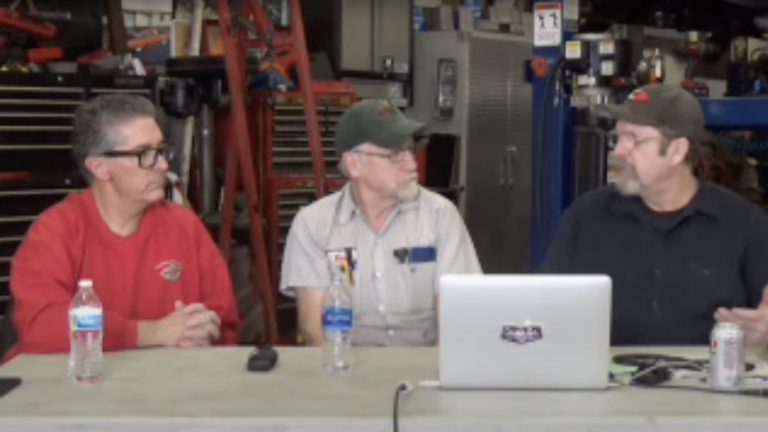
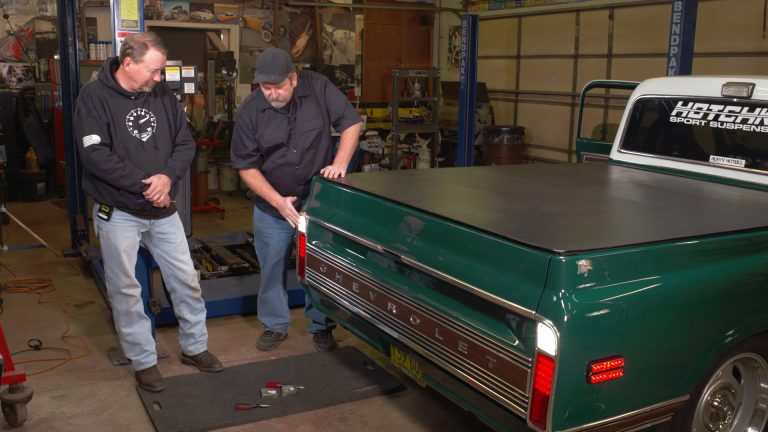
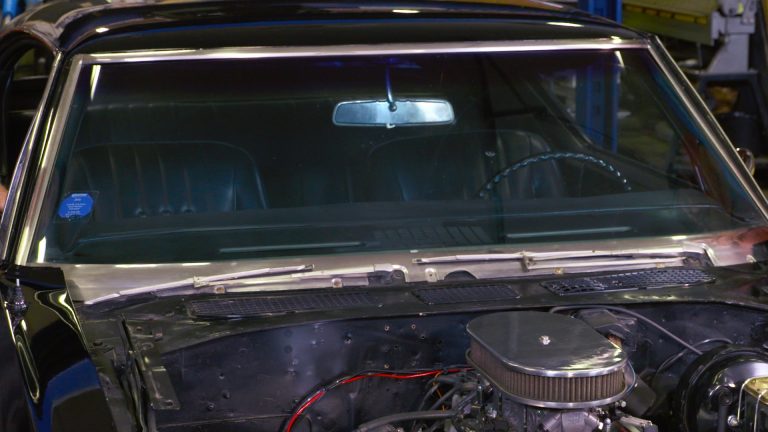
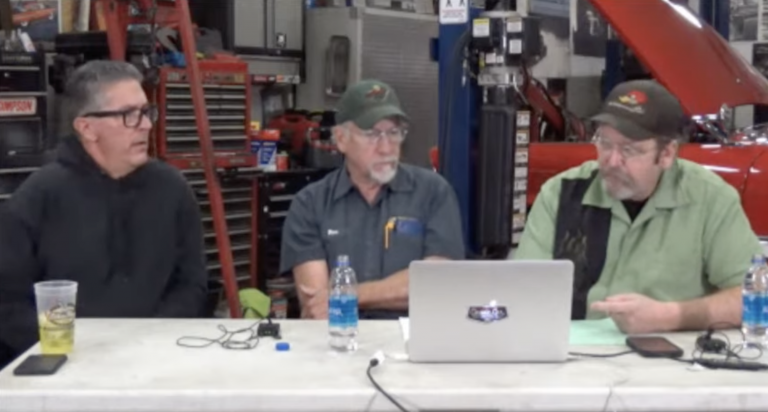
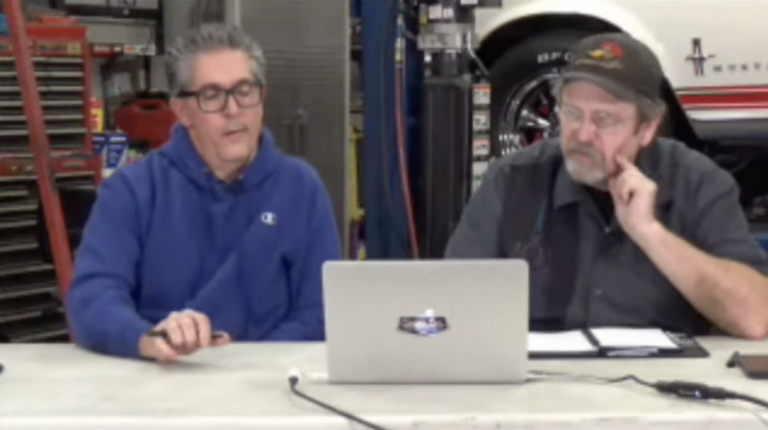
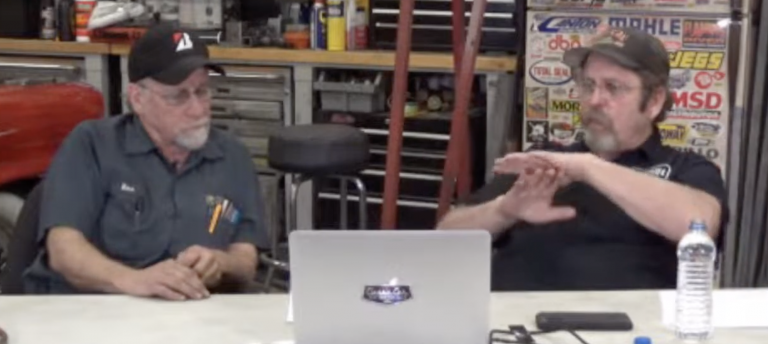
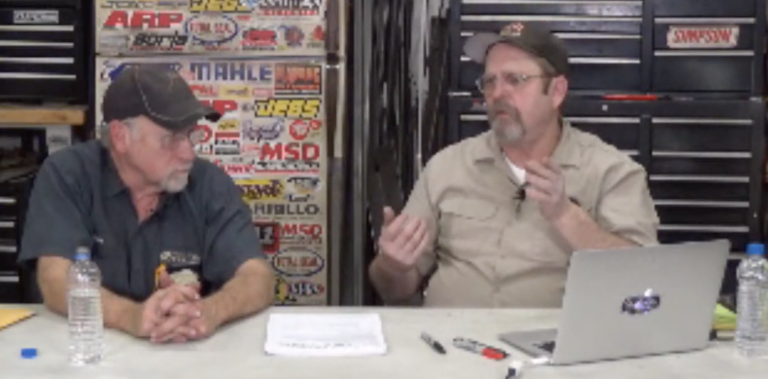
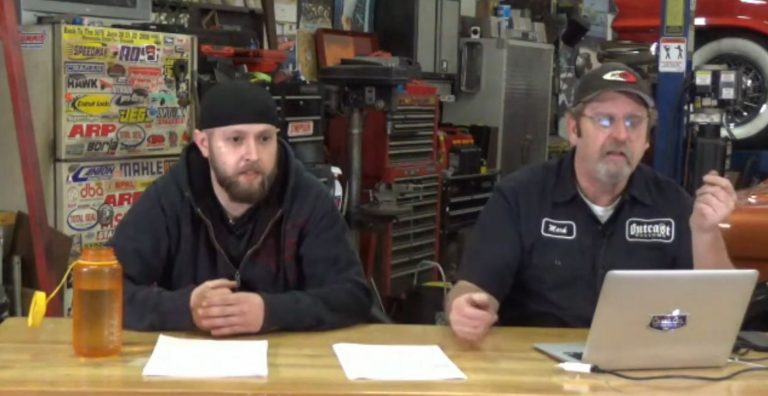
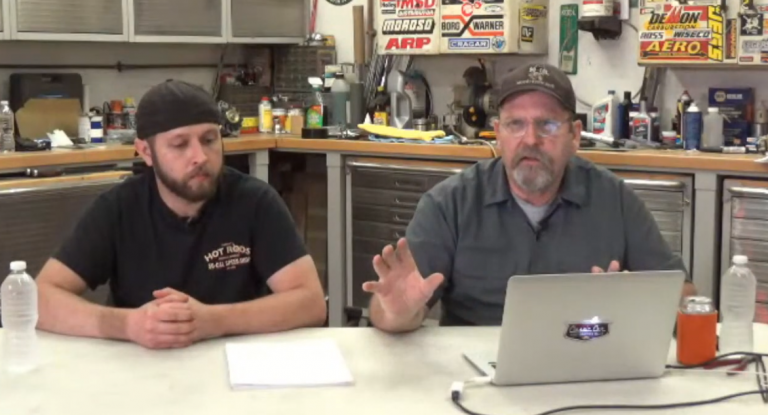
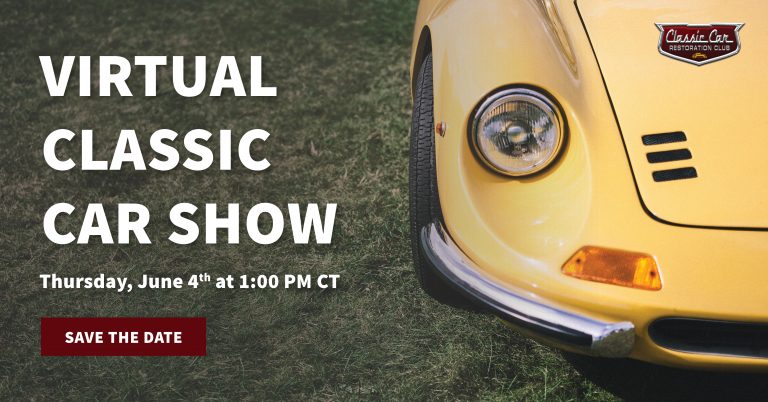
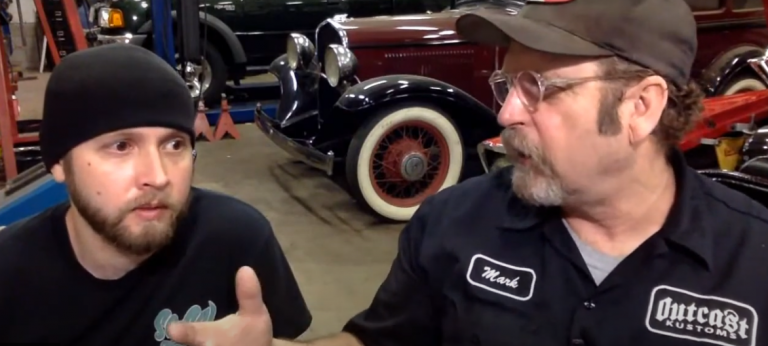
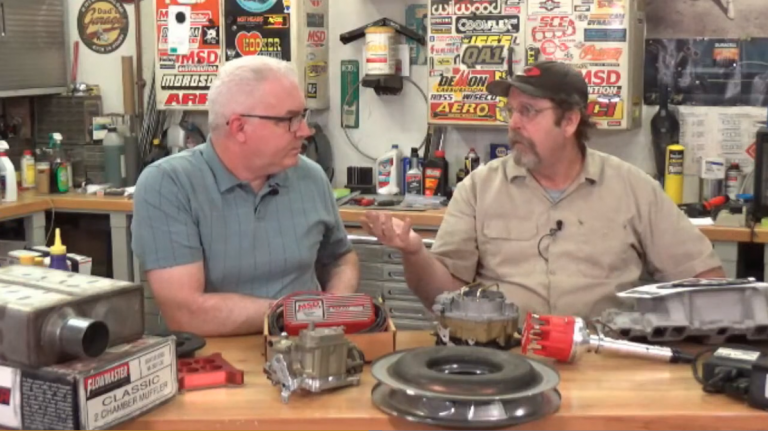
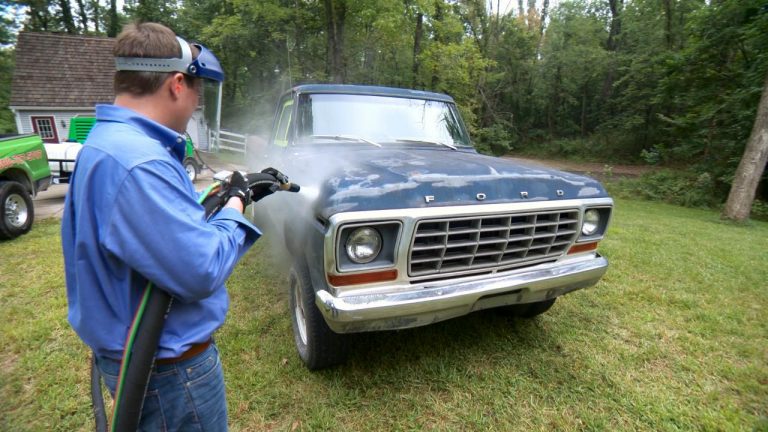
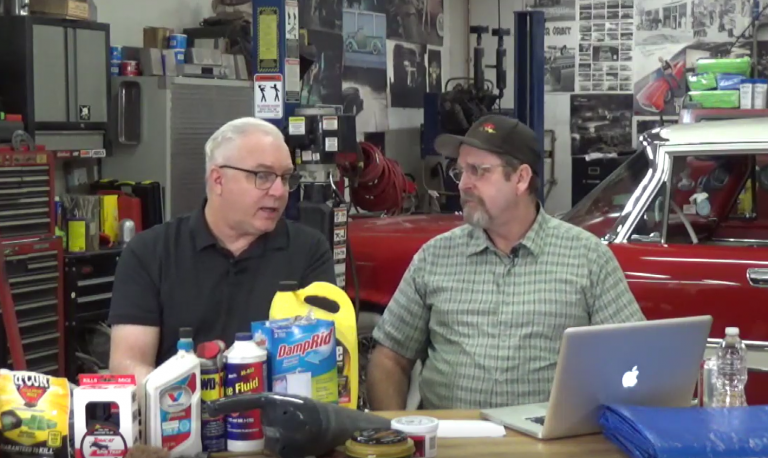
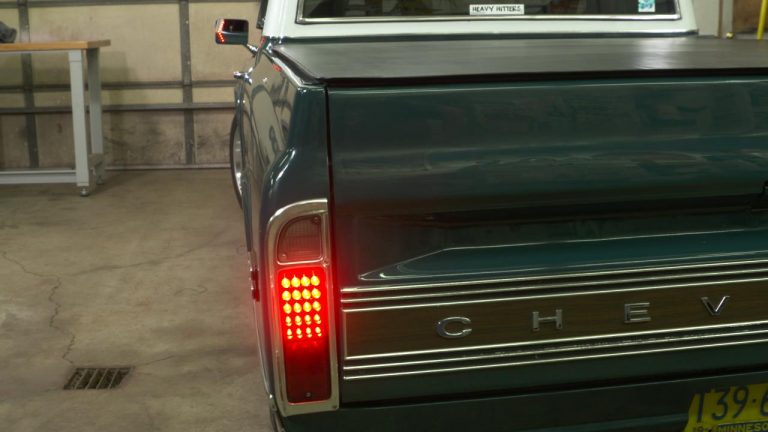
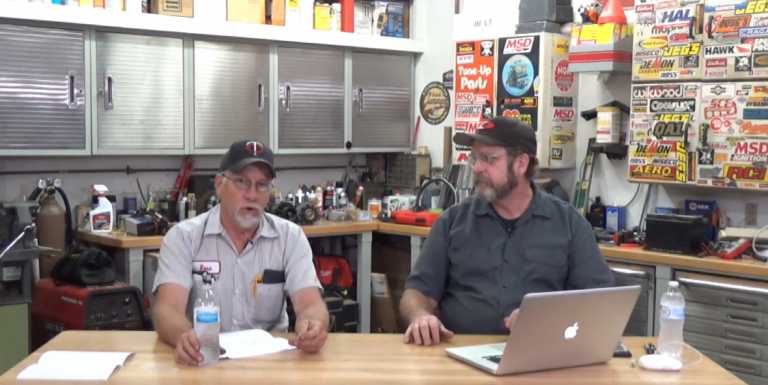
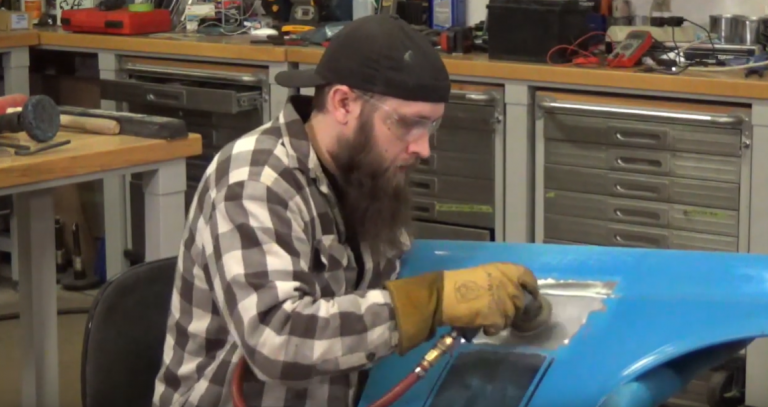
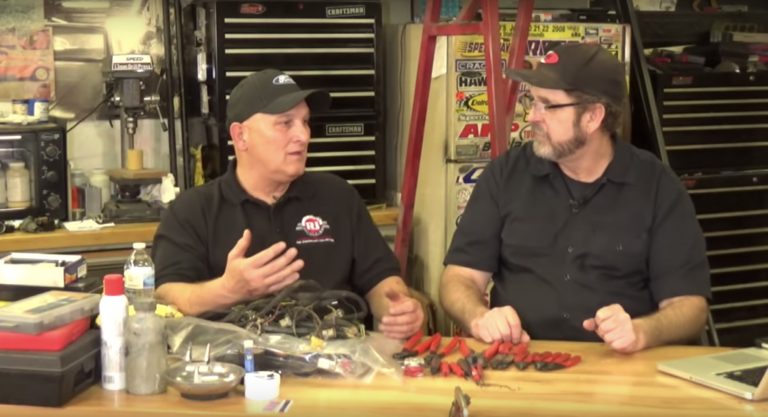
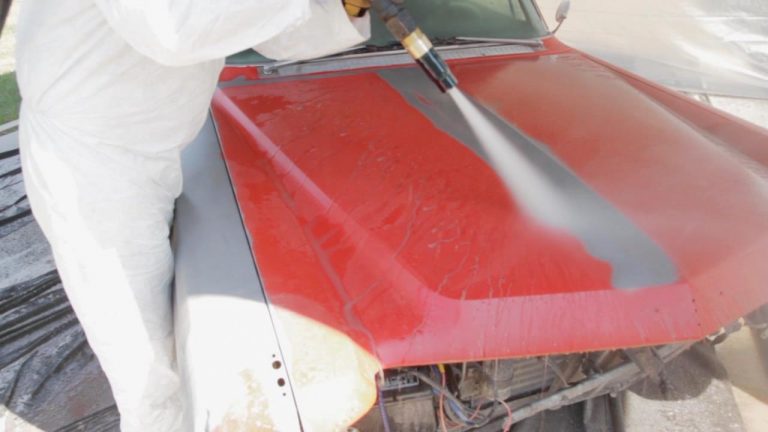
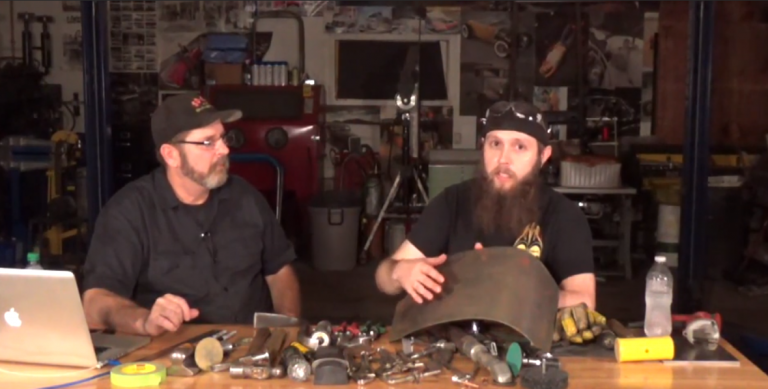
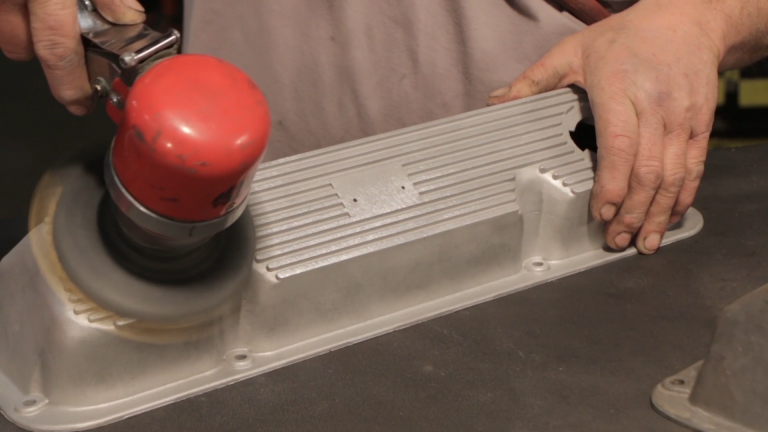
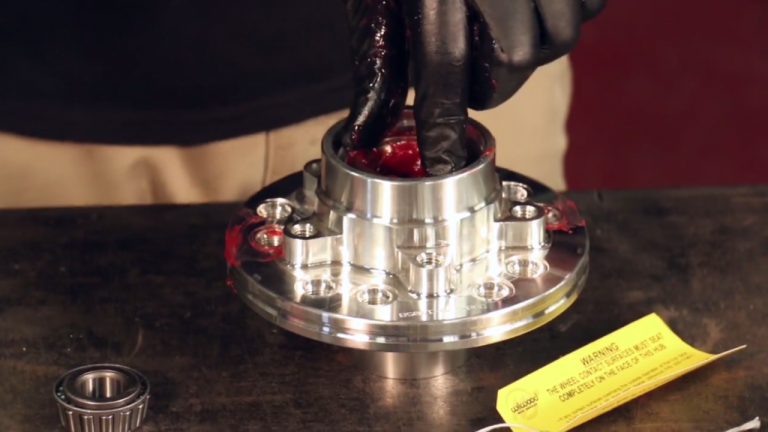
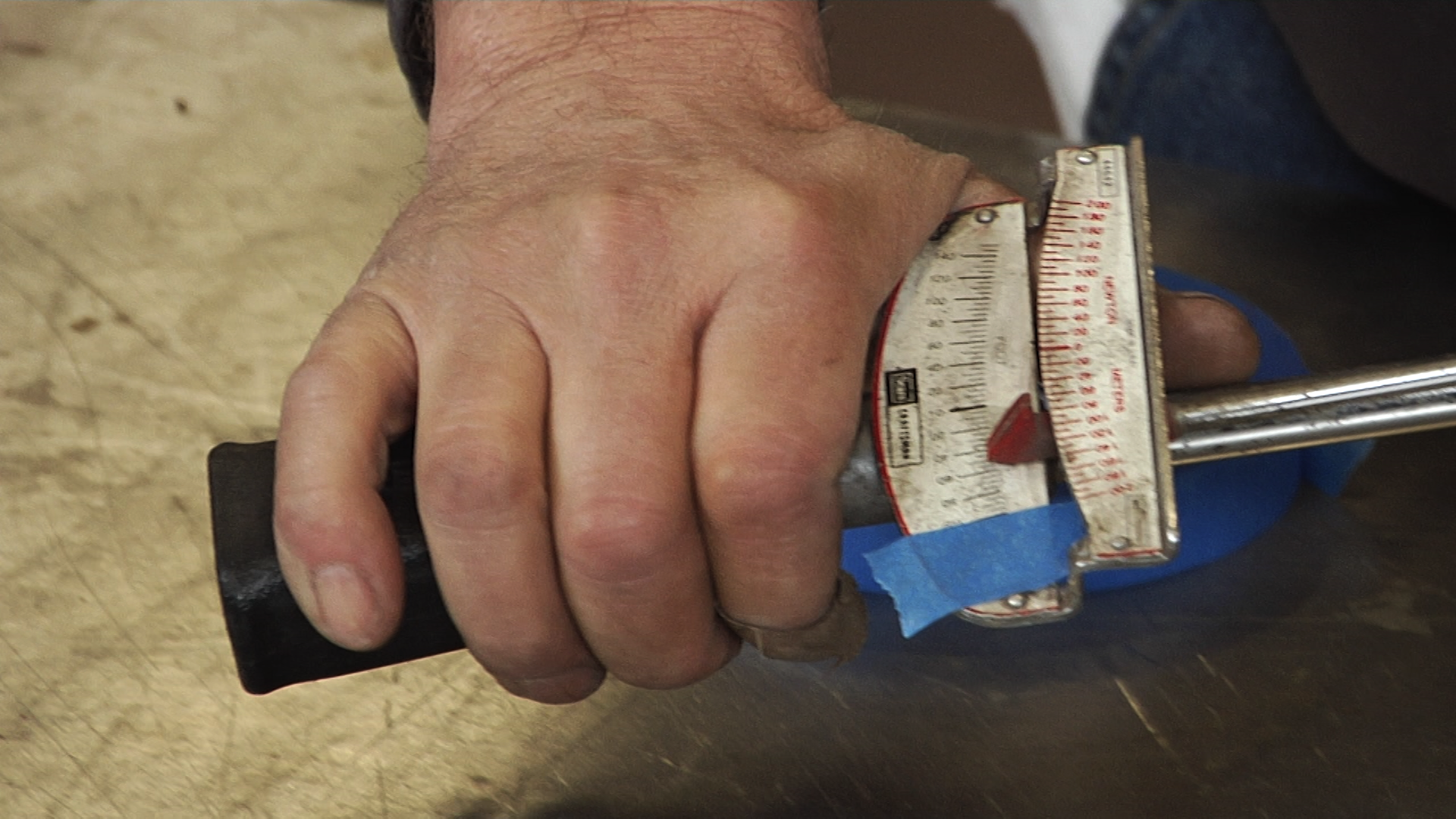
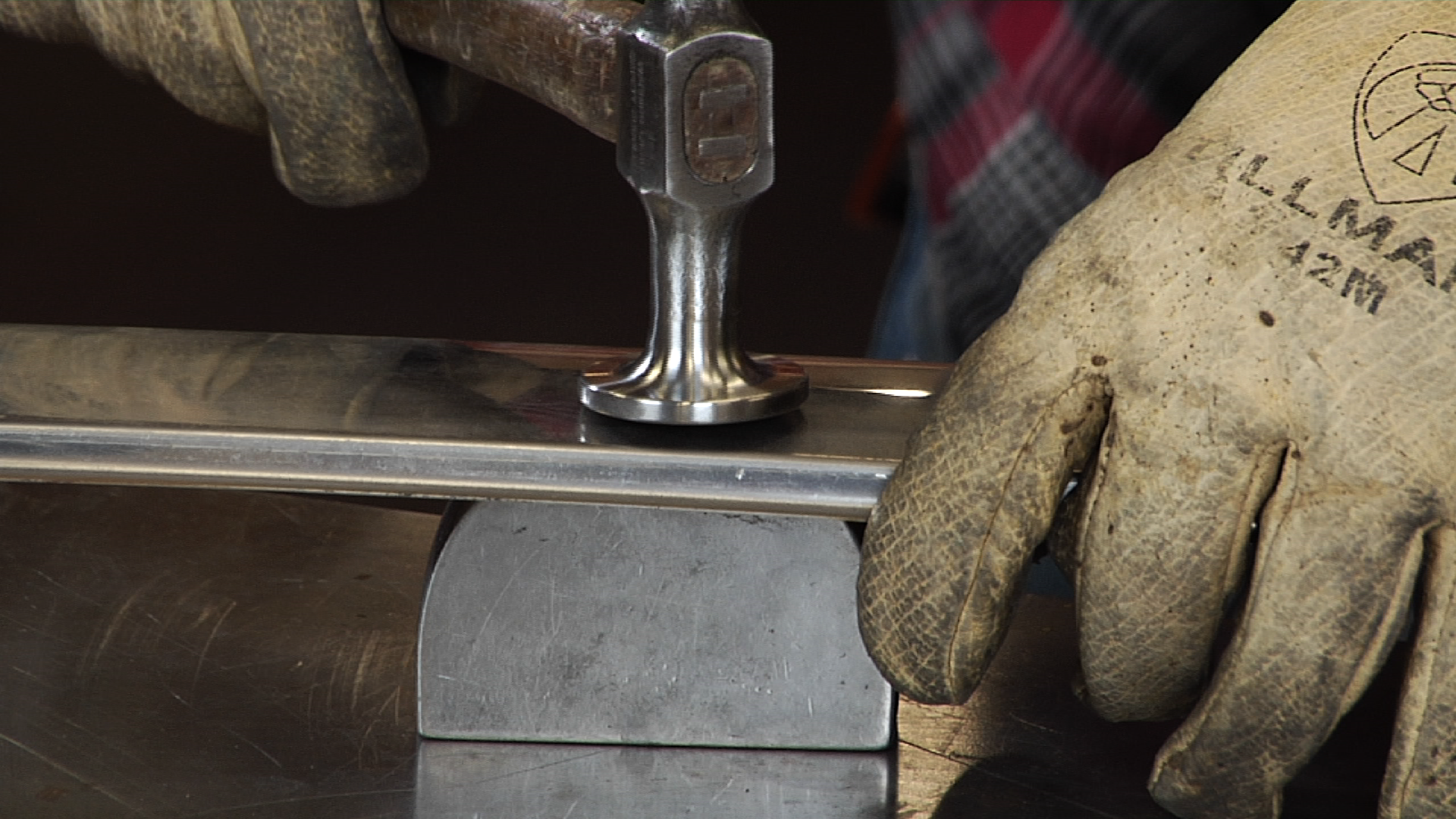
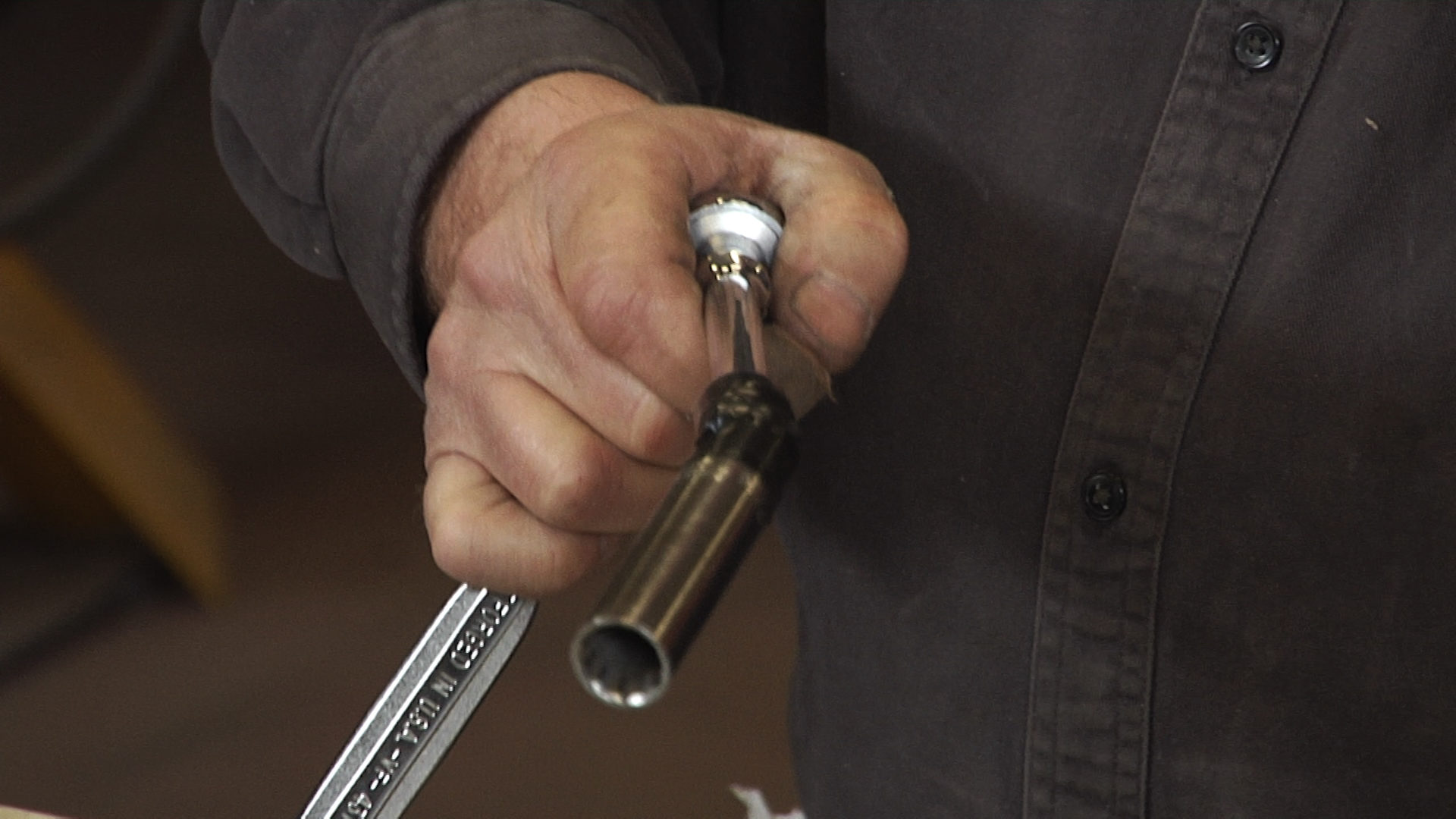
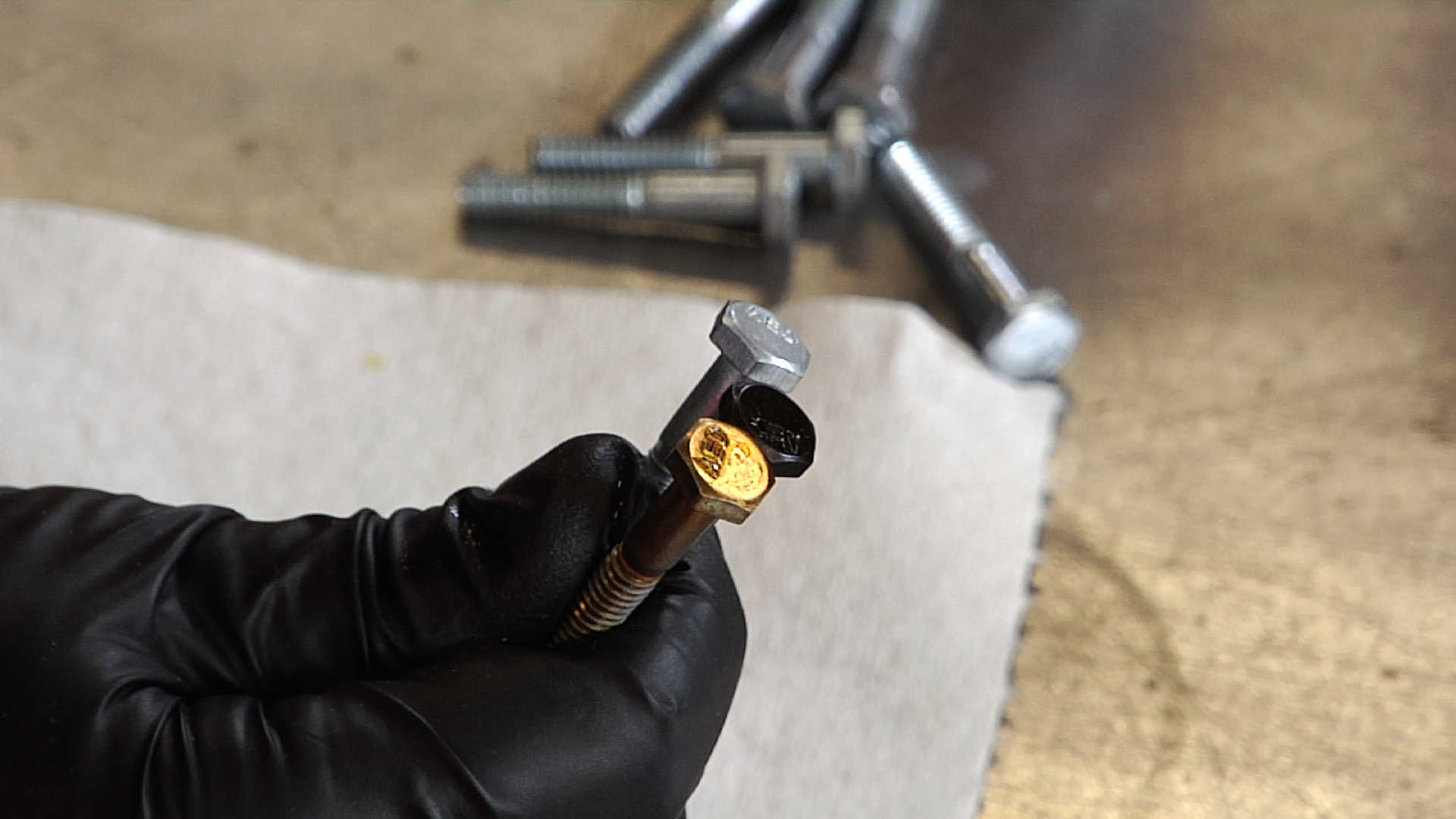
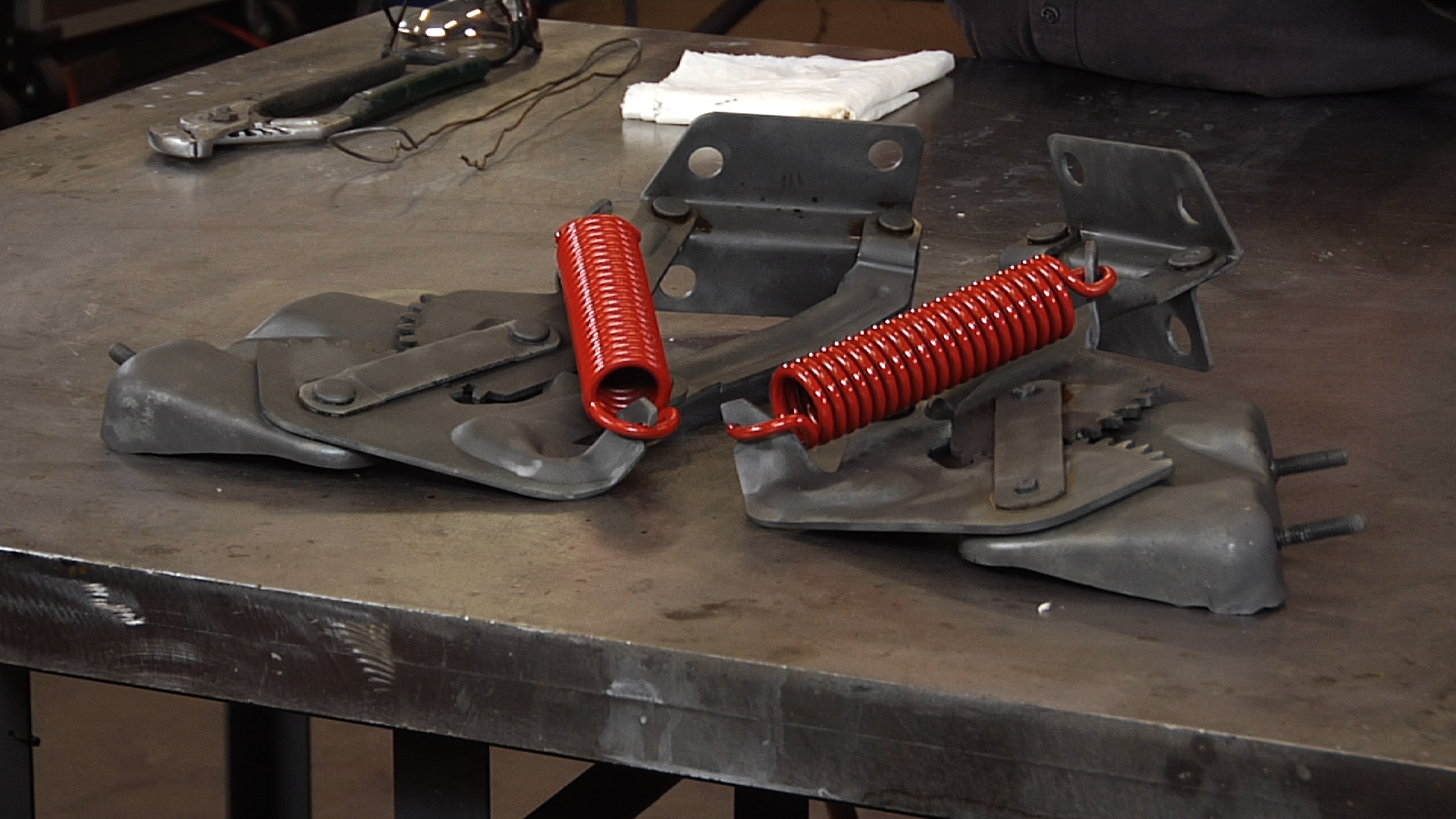
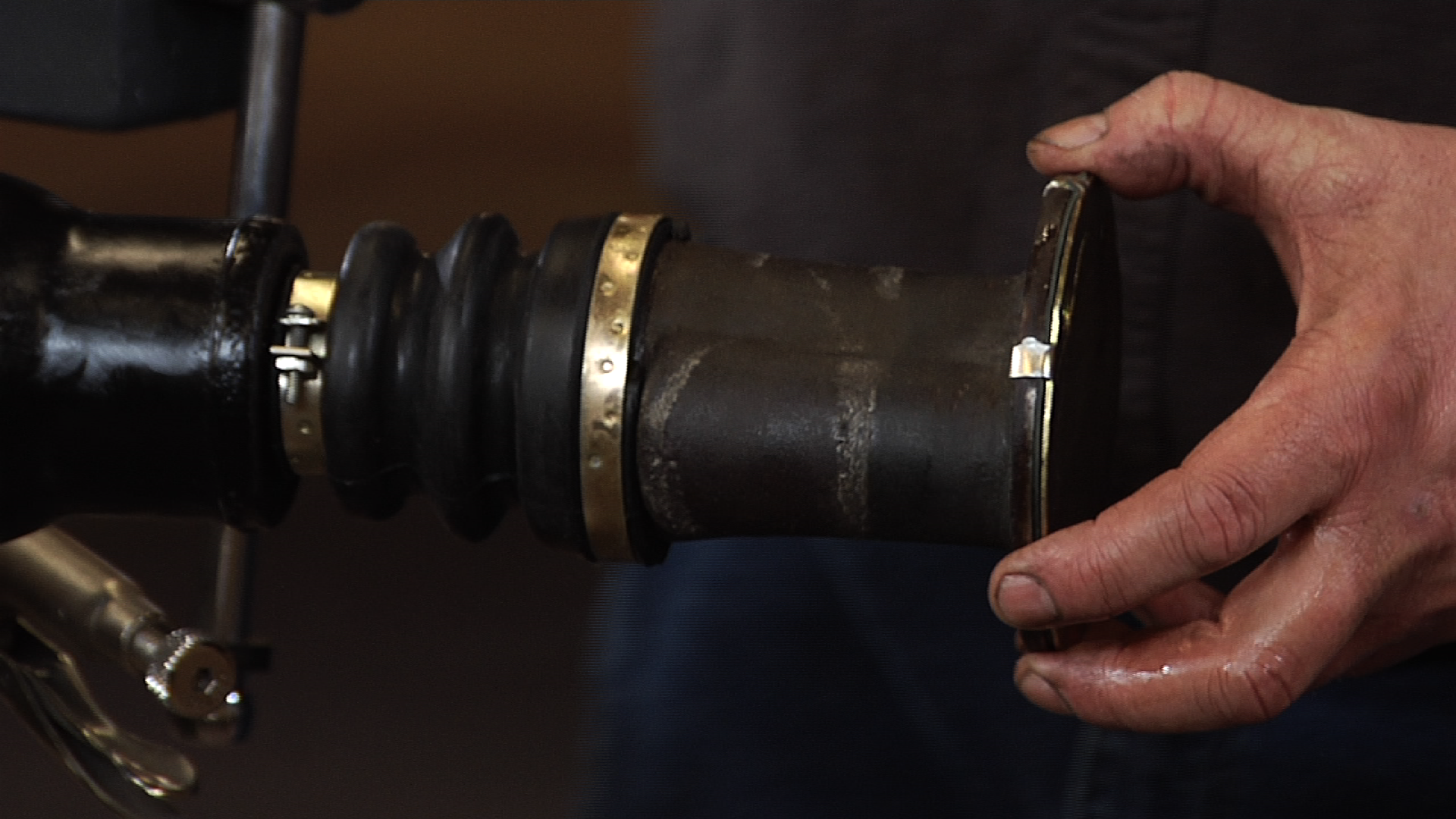
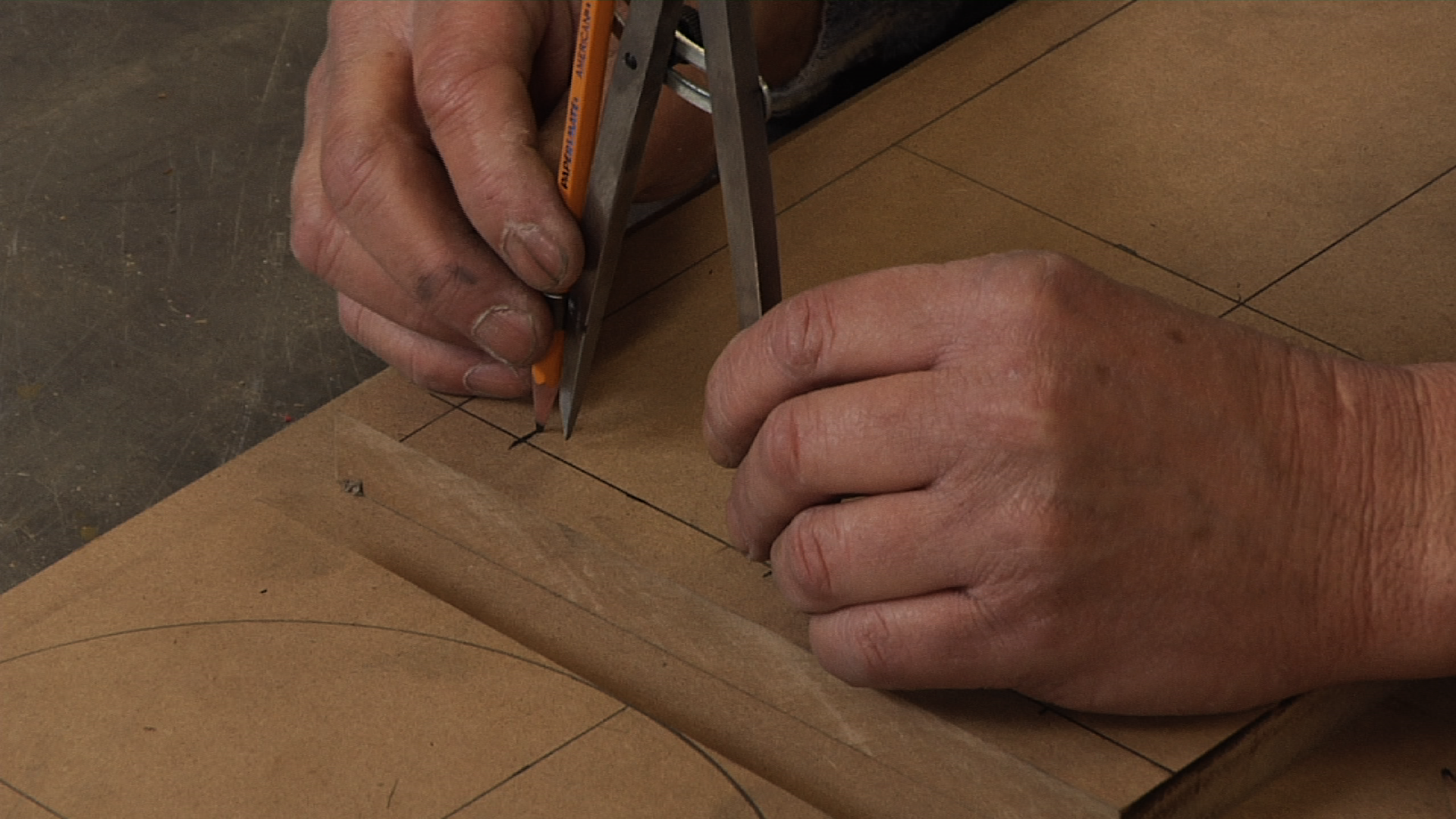
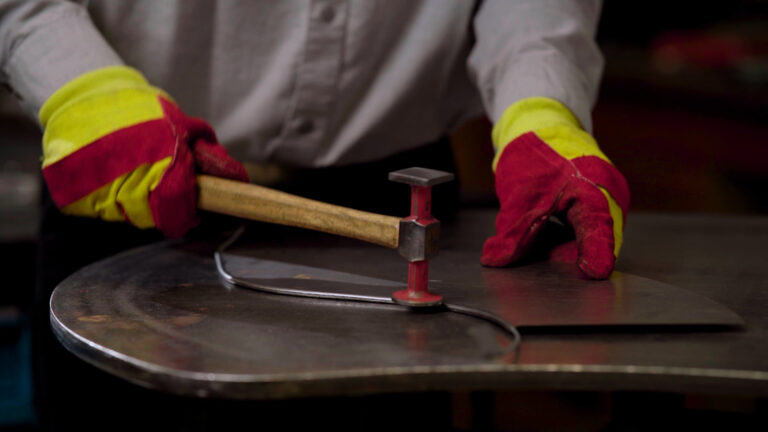
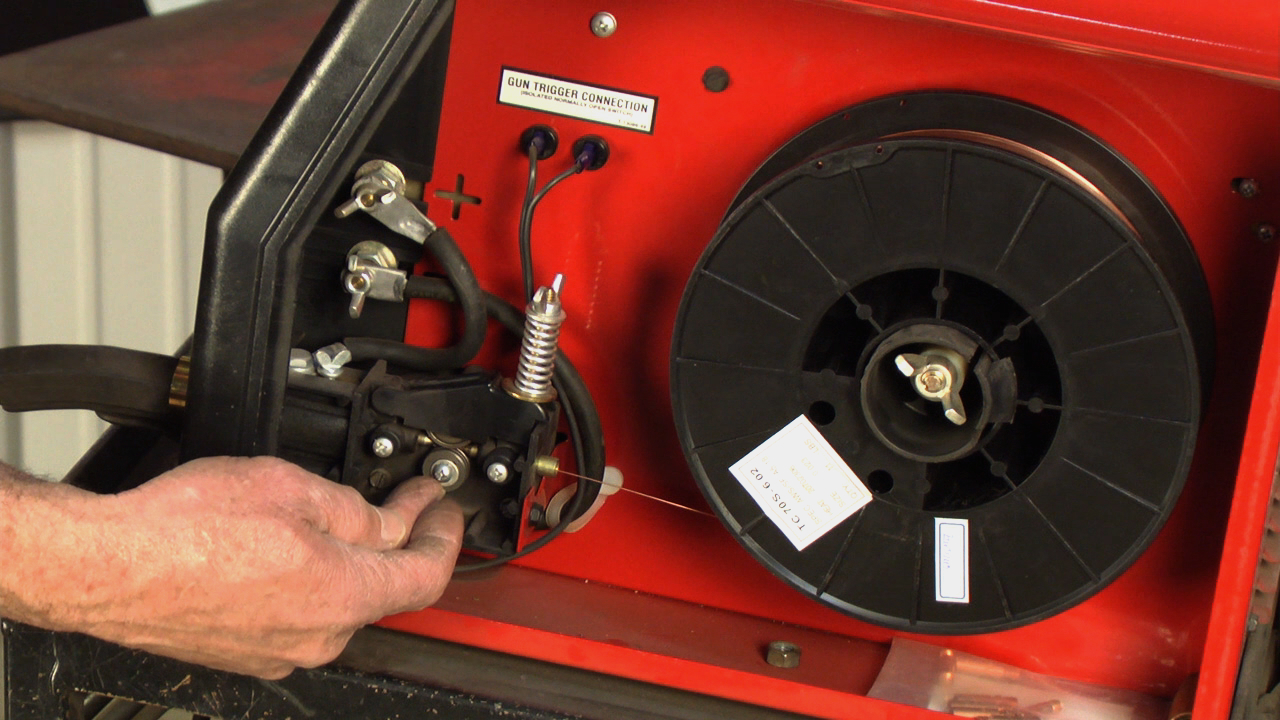
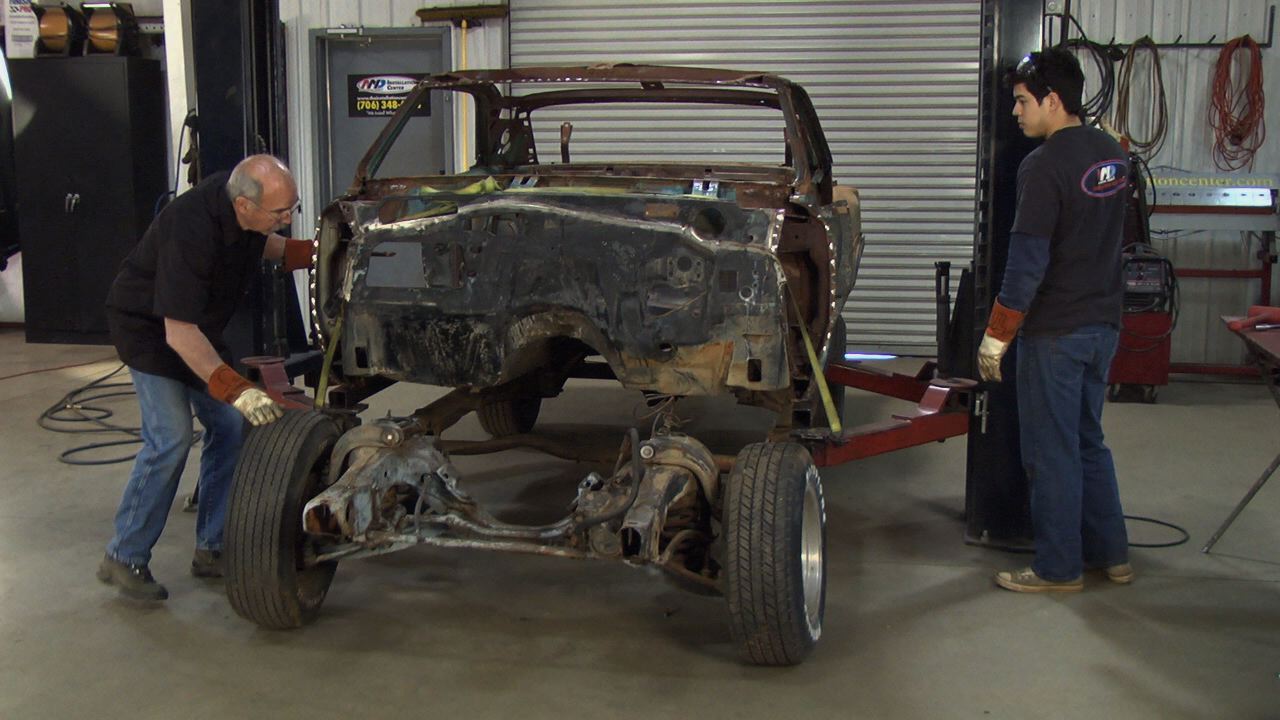
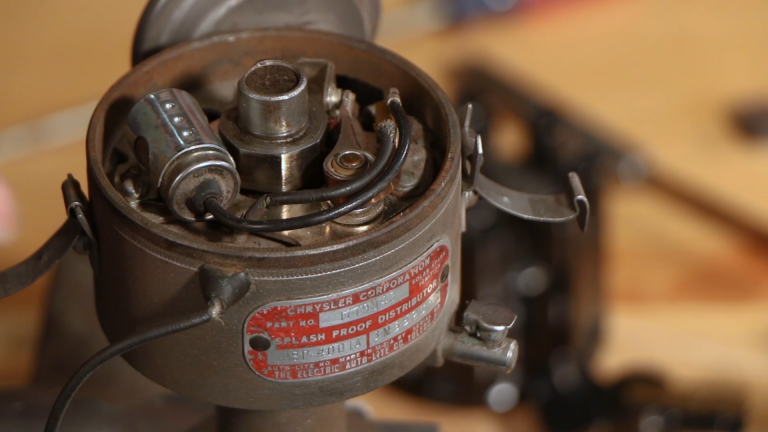
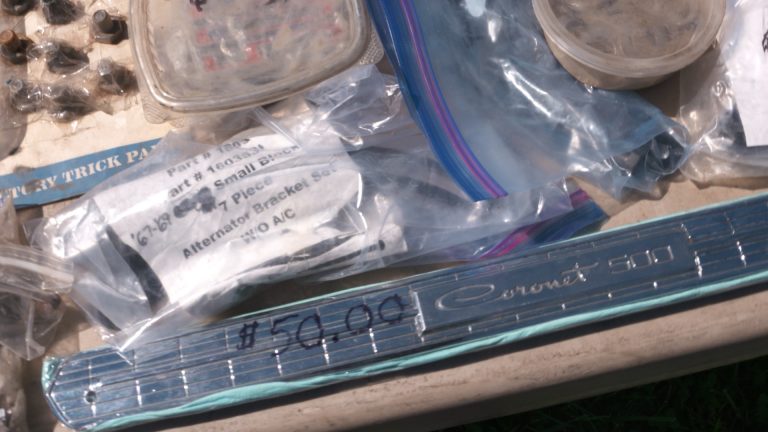
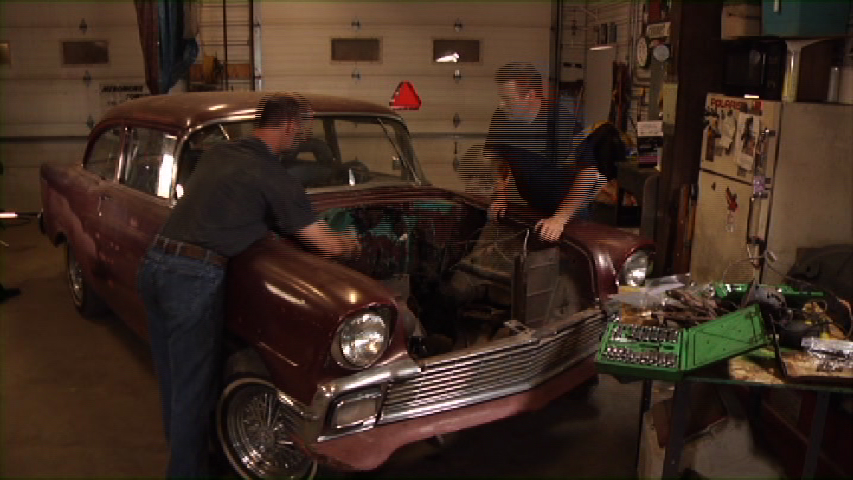
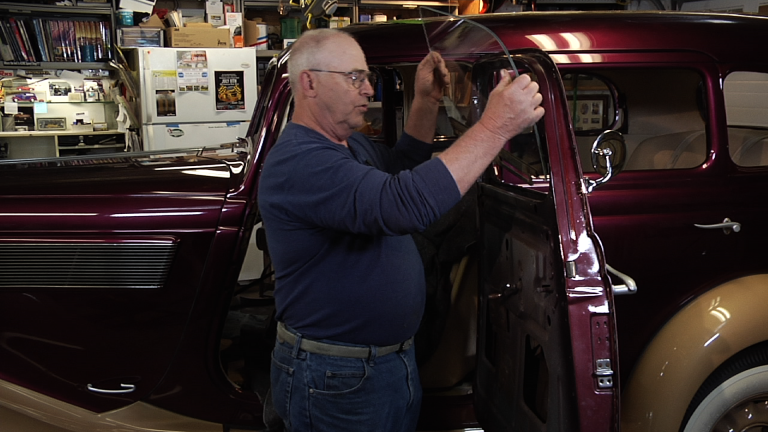
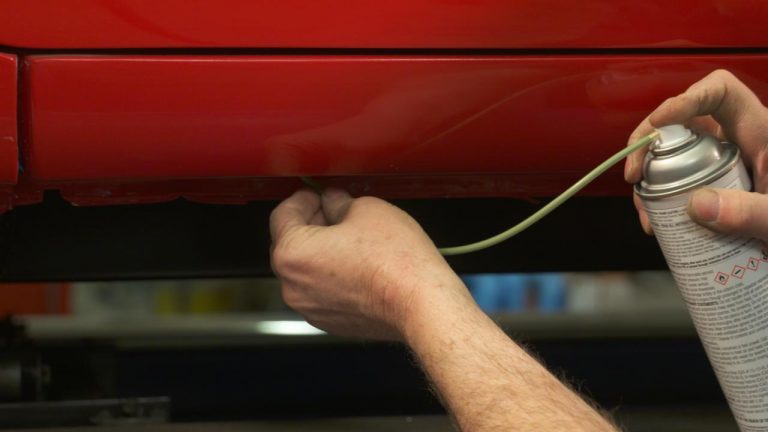
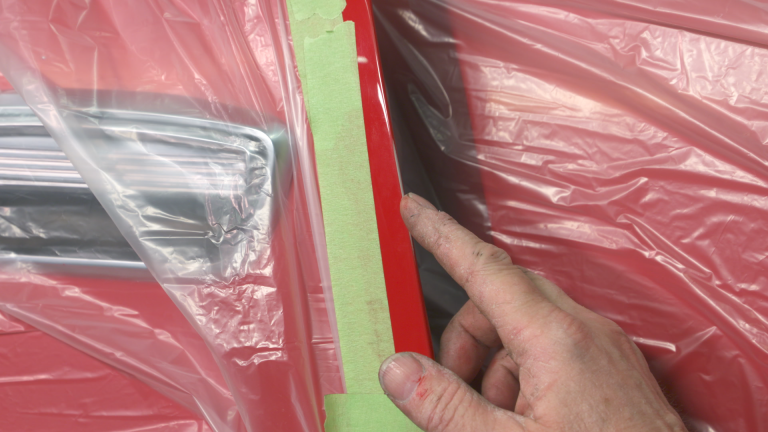
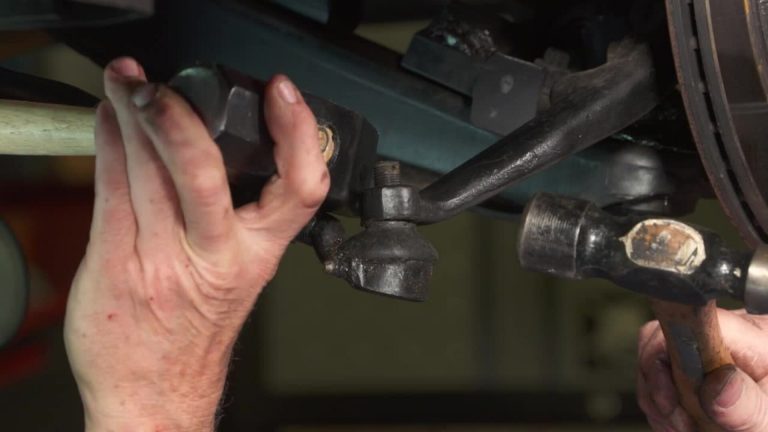
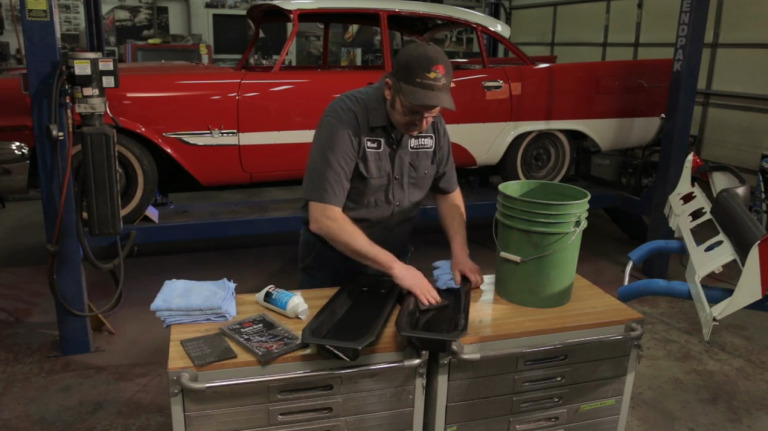
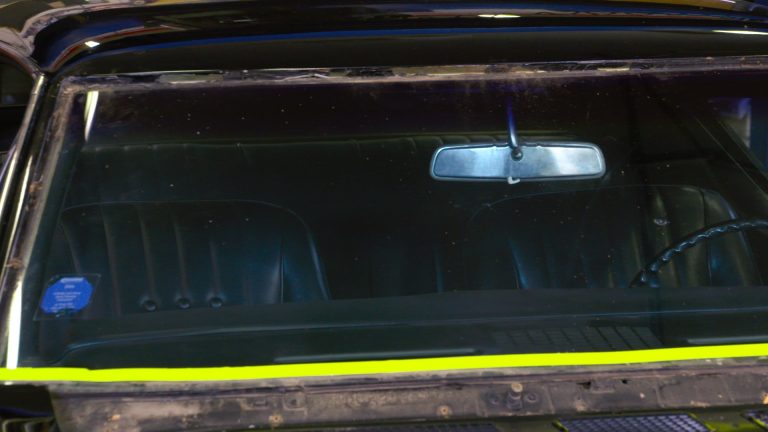
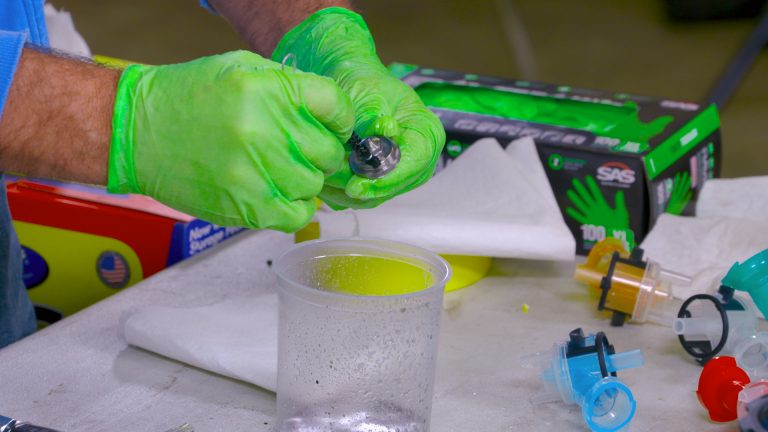
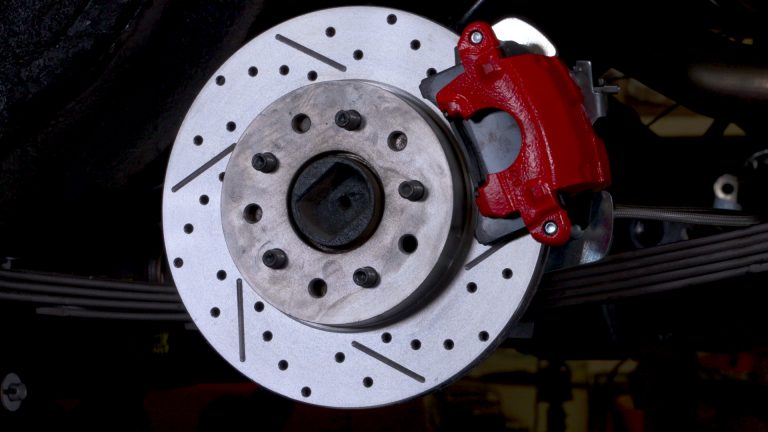
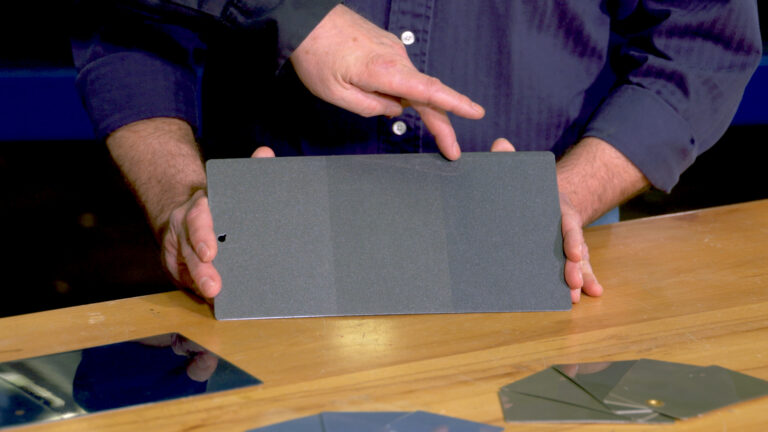
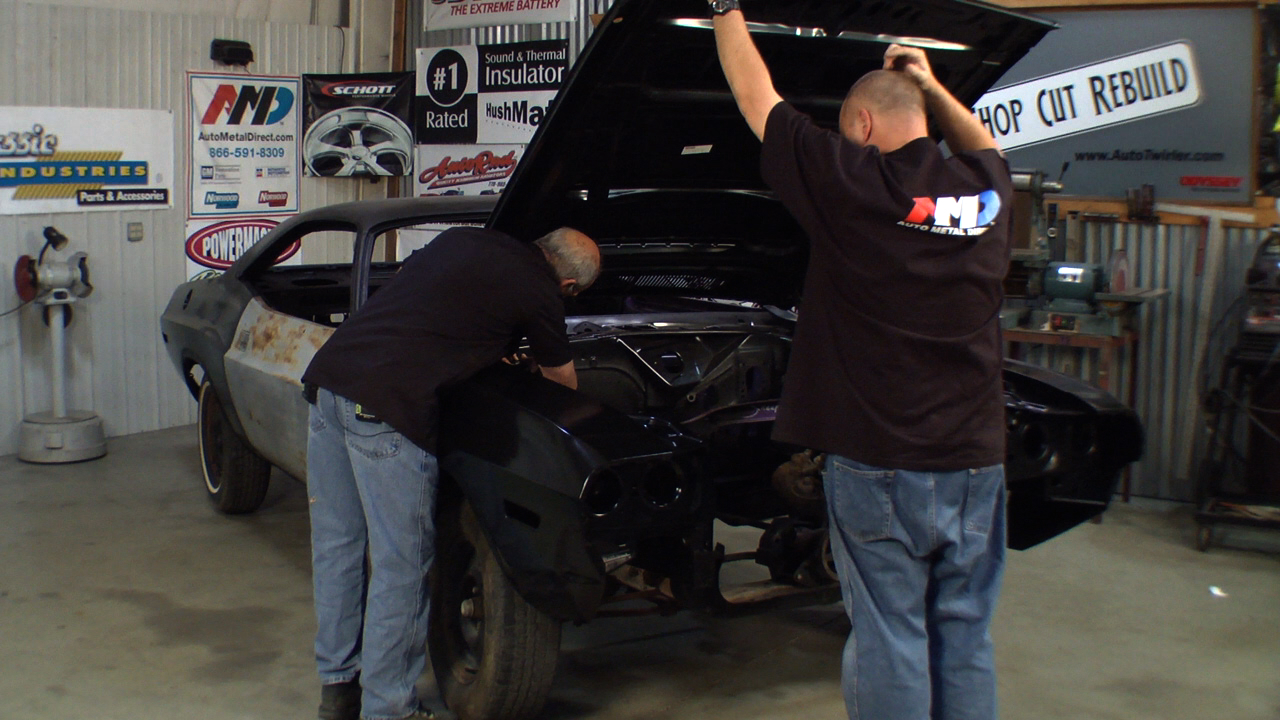
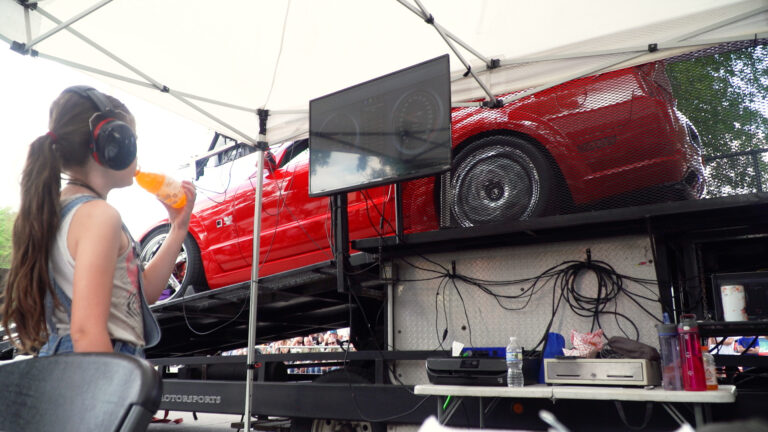
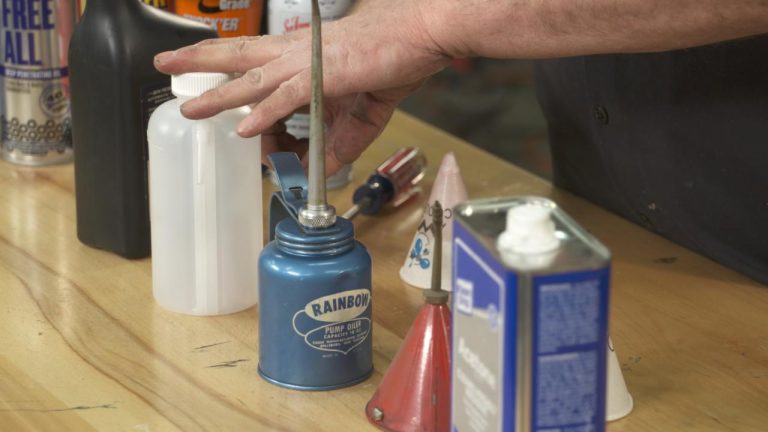
After watching the video I rebuilt my 1969 Firebird hinges. Wow! What a difference. I have also started using the chemicals to treat other parts. Thank you.
What about cast iron door hinges?
On restoring a 55 Chev. I replaced the hood hinges. The springs furnished were not strong enough to hold hood up. I ordered new springs, installed and after a few openings they fail to hold hood up. Are stronger springs available?
I understand how the zinc phosphate plating on hinges, requires a nonferrous bucket so as not to waste plating the pot itself; but rather than aluminum, why not a cheap plastic bucket?
for some reason i cannot videos ! some help please !!
Does the mixture have a shelf life to reuse later?